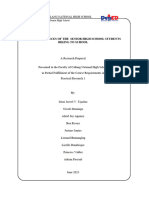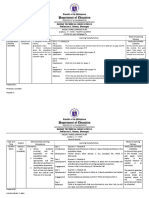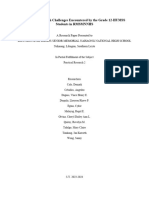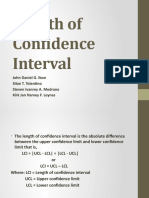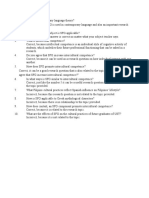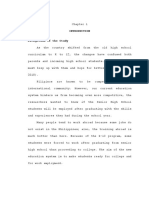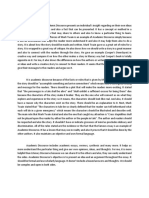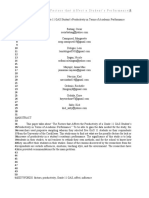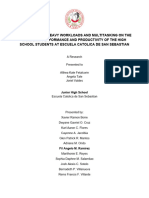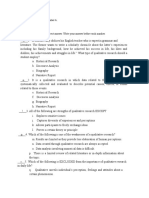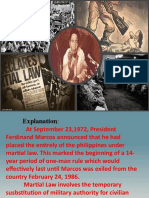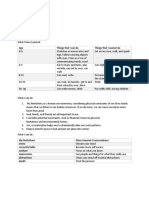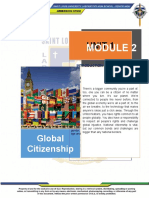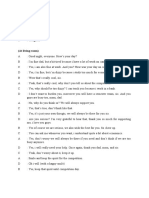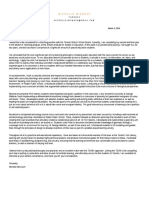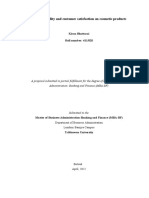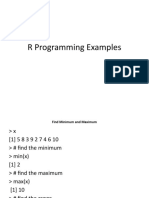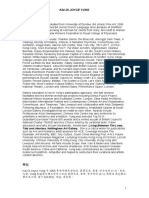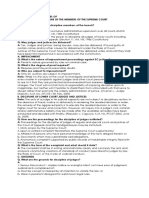0% found this document useful (0 votes)
423 views2 pagesAnswers To Activities 1 2 3 (Chap 4 Lesson 3-7)
This document contains 3 activities involving confidence intervals:
1. Three examples are given calculating confidence intervals for sample means with different sample sizes, means, standard deviations, and confidence levels.
2. Two examples calculate population proportions and confidence intervals from sample data on students' online gaming and reading habits.
3. Examples calculate the necessary sample sizes to estimate a population mean travel time within 1 hour or 2 hours with 95% confidence, given the standard deviation. Sample sizes of 97 and 25 are needed for errors of 1 and 2 hours respectively.
Uploaded by
Miguel AsuncionCopyright
© © All Rights Reserved
We take content rights seriously. If you suspect this is your content, claim it here.
Available Formats
Download as DOCX, PDF, TXT or read online on Scribd
0% found this document useful (0 votes)
423 views2 pagesAnswers To Activities 1 2 3 (Chap 4 Lesson 3-7)
This document contains 3 activities involving confidence intervals:
1. Three examples are given calculating confidence intervals for sample means with different sample sizes, means, standard deviations, and confidence levels.
2. Two examples calculate population proportions and confidence intervals from sample data on students' online gaming and reading habits.
3. Examples calculate the necessary sample sizes to estimate a population mean travel time within 1 hour or 2 hours with 95% confidence, given the standard deviation. Sample sizes of 97 and 25 are needed for errors of 1 and 2 hours respectively.
Uploaded by
Miguel AsuncionCopyright
© © All Rights Reserved
We take content rights seriously. If you suspect this is your content, claim it here.
Available Formats
Download as DOCX, PDF, TXT or read online on Scribd
/ 2




